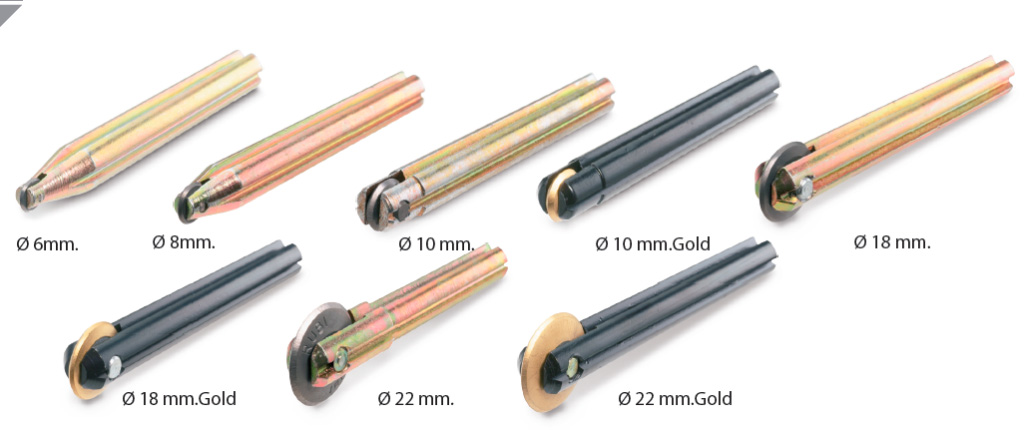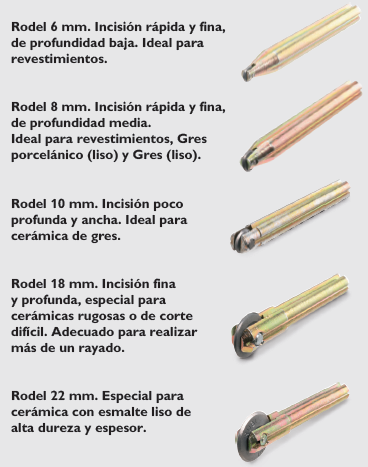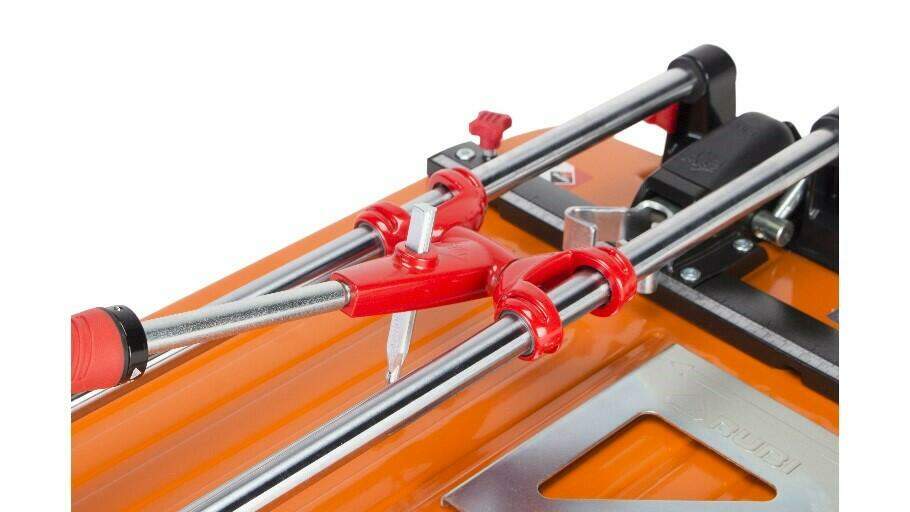Ceramics are constantly evolving, and tile installers often face cutting challenges when working with materials that are increasingly difficult to cut. Fortunately, as ceramics evolve, so do cutting tools, allowing us to successfully cut new formats and thicker materials without sacrificing the functionality and practicality of manual ceramic cutters. In addition to having the right ceramic cutter, it is essential to use the best scoring wheel for your tile installation. In this post, we will explore how to choose the most suitable scoring wheel, as well as new scoring techniques suitable for more complicated cases.


Steps to Follow to Improve the Finish
The way you score will depend on the type of ceramic and, above all, the finish.
Our goal will always be to make as few passes as possible over the piece while achieving the best cut quality.
For ceramics with smooth glazes and/or polished porcelain, the incision must be clean and as delicate as possible (avoiding damage to the glaze). Scoring wheels of 6 and 8 mm make a quick, fine incision with the necessary depth to achieve clean cuts.
The most problematic materials tend to be rough and textured tiles (the rougher, the more difficult), since scoring these materials is discontinuous and irregular (not a perfect straight line). With most rough tiles, we will have to score more than once to ensure that the mark is as continuous as possible (since the roughness causes the scoring wheel to make uneven contact across the surface).
The truth is that, when the piece requires it, we should not be afraid to score the tile 3 or 4 times. This will ensure that the piece breaks where we need it to, without the risk of waste.
We must not forget to ensure a firm grip when entering and exiting the piece. This ensures a straight cut without deviations at the ends, especially in hard materials like porcelain.
Types of Scoring Wheels and Their Uses




Post a comment